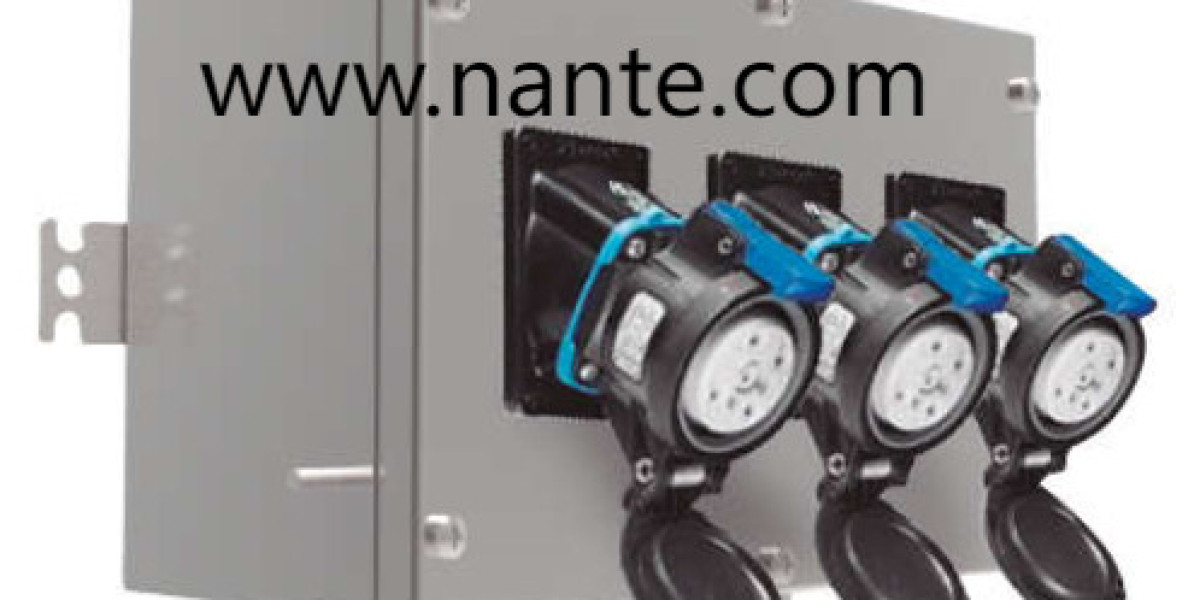Power distribution solutions on construction sites face relentless challenges—dust, moisture, physical impacts, and unpredictable weather. Equipment must endure these conditions while ensuring worker safety and operational continuity. Rigorous durability testing separates reliable solutions from those prone to failure. An industrial socket box designed for construction environments undergoes stringent validation to guarantee resilience where it matters most.
Why Material Integrity Is Non-Negotiable
The foundation of longevity lies in material selection. Engineering-grade plastics like PC/ABS blends resist corrosion, UV exposure, and chemical splashes without adding unnecessary weight . For high-risk zones, stainless steel or alloy shells offer enhanced impact resistance, crucial for sites with heavy machinery movement . These materials undergo stress simulations—repeated drops, crush tests, and torsion checks—to ensure structural integrity before deployment.
Sealing Performance: Beyond Basic Ratings
While IP65/IP66 ratings signify dust-tightness and protection against water jets , real-world validation goes further. Testing replicates monsoons, sandstorms, and temperature extremes. Gaskets are cycled through compression tests to maintain seals after repeated use, while internal components endure humidity chambers to prevent moisture ingress. This ensures consistent performance when monsoon rains batter sites or desert winds drive abrasive particles into equipment .
Mechanical Stress Testing: Simulating Site Abuse
Construction sites demand gear that survives falls, vibrations, and accidental collisions. Prototypes undergo pendulum impact tests, repeated drops from heights simulating scaffolding, and compression trials mimicking accidental forklift contact . Hinges, latches, and socket retention mechanisms endure thousands of insertion cycles to verify connectors remain secure despite rough handling .
Electrical Safety Under Duress
Durability isn't just physical—electrical integrity during stress defines safety. Units are subjected to overvoltage spikes, short-circuit simulations, and thermal overloads while monitoring leakage currents. Grounding continuity is verified post-impact, and insulation resistance checked after humidity exposure . Compliance with standards ensures consistent connections even after mechanical fatigue .
Modularity as a Durability Advantage
A modular design simplifies maintenance and extends service life. Swapping individual sockets or breakers without box replacement minimizes downtime. Tested for component interoperability, these systems avoid compatibility failures common with generic enclosures. Field technicians replace parts swiftly, reducing exposure to weather during repairs .
The Hidden Value: Safety Through Resilience
Durable enclosures directly protect workers. Cracked housings or compromised seals risk electric shock in wet conditions. Fire-retardant materials (tested per UL94 standards) contain internal arcs, while robust exteriors prevent accidental contact with live parts during transport . Reliable enclosures mean fewer hazardous interventions and audits.
Investing in rigorously tested solutions pays dividends in uptime, safety, and longevity. When gear withstands site realities, projects avoid costly replacements and delays. Explore high-performance power distribution units engineered to endure, backed by validation data that instills confidence. Discover construction-grade electrical solutions at www.nante.com .


